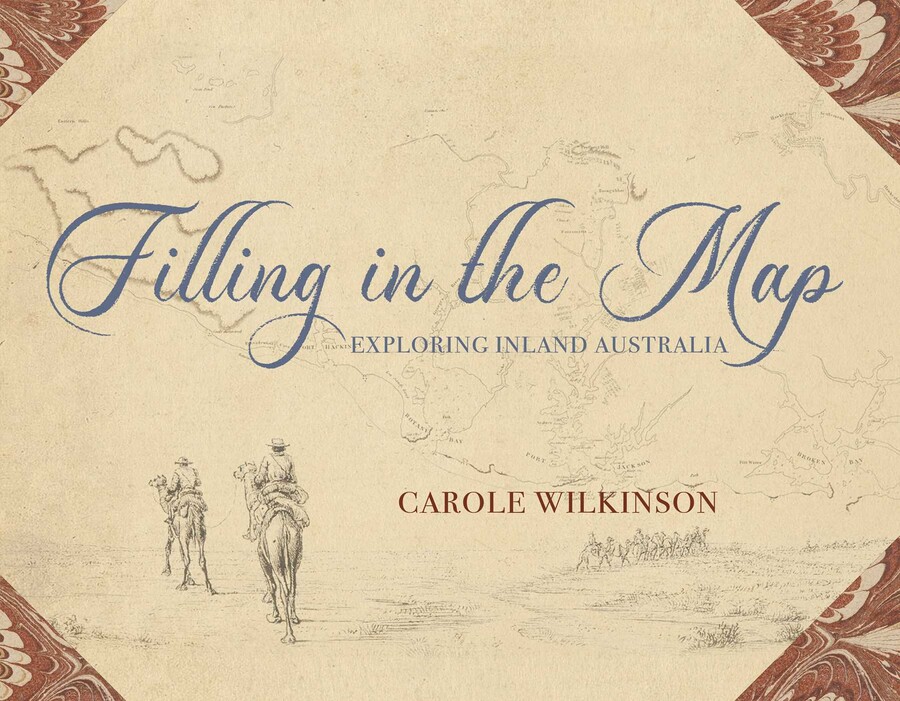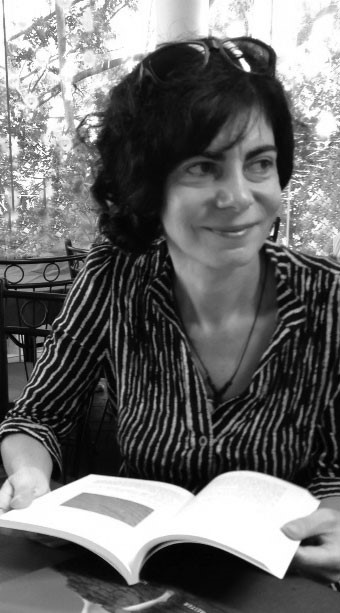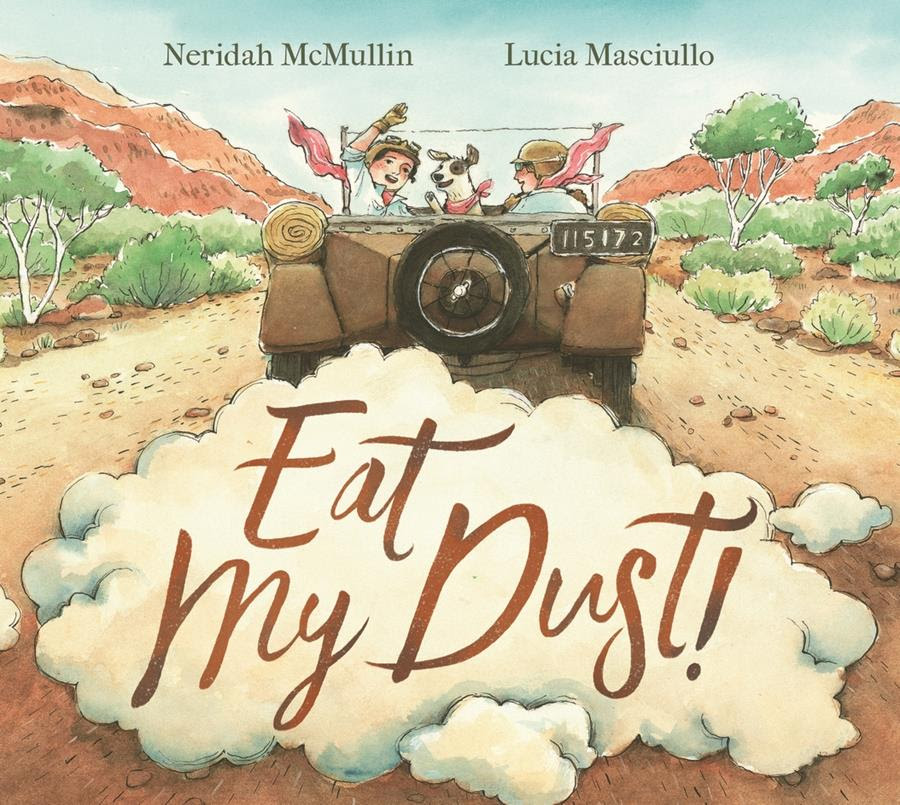
Eat My Dust – The exhibition
Review by Sandy Pottinger
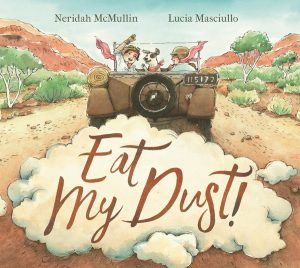 The intrepid Swiss-born adventurer and writer, Isabelle Eberhardt (1877-1904) once said:
The intrepid Swiss-born adventurer and writer, Isabelle Eberhardt (1877-1904) once said:
“…The open road is the essence of freedom. Take the decision to break the chains that bind us, the courage to pick up the pilgrim’s symbolic sack and staff and to depart”1.
These words correspond to the impetus that set two Australian women literally on the road to adventure and discovery. Kathleen Howell (1904-2001) and Jean Robertson (1904-1981), best friends since their school days, were not typical of women in the 1920s. They enjoyed motoring, not as passengers, but as drivers. Jean’s father had given her an impressive motorcar, an Italian Lancia Lambda, and both women had undertaken training in motor maintenance. Their first adventure, accompanied by Barney the dog, saw them drive from Melbourne to Darwin. Jean’s systematic photography of their journey was instrumental in mapping the route for the Shell Oil Company that in turn supplied them with fuel. Their second journey took them from Melbourne across the Nullarbor Plain to Perth. On the return trip they beat the Perth to Adelaide record by over five hours. A third expedition saw them representing Australia at the 1932 Monte Carlo Rally in Europe. Once in Singapore they drove through Malaya, India, the Middle East, and Egypt and thence by ship to Palermo for the start of the Rally. Jean Robertson, driving a Riley, was placed fourth in the Women’s Cup event.
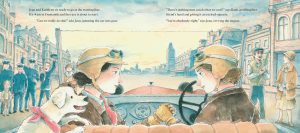 However, it was their trip across the Nullarbor in 1928 that caught the imagination of author Neridah McMullin. Her love of history and children’s literature combine to share the story of the two determined, brave, and resilient women, a rascally dog, and a magnificent motorcar.
However, it was their trip across the Nullarbor in 1928 that caught the imagination of author Neridah McMullin. Her love of history and children’s literature combine to share the story of the two determined, brave, and resilient women, a rascally dog, and a magnificent motorcar.
The way they engraved their own place in our history with grace and humour is brought to life with softly nuanced colour, a sensitivity of line, impeccable detail, and historical accuracy through the appealing and lively depictions interpreted by Italian-born illustrator, Lucia Masciullo. This first exhibition of her illustrations connects the story, the reader, and the viewer in a seamless presentation that encourages and rewards close inspection. The works visually paraphrase the women’s experiences based upon observation, a sensitivity to setting, and a connection to the story. The scrubby bush, the red desert dunes, the luminous night skies, the farming settlements, and small towns punctuate the narrative with a distinctly Australian aura. There is an historical perspective seen through a personal filter that references Lucia’s own Nonna, whose feats as a mountaineer in the 1920s also challenged the domestic traditions of the time. 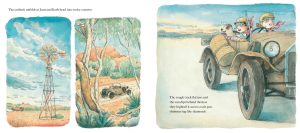 Large “story boards” collaged with pages from the artist’s sketch books go beyond illustration as they introduce us to the artist’s thought processes and creative decisions. The different positions and gestures, the alteration of focal points, the cropping as in “You’re Early!” to enhance interest, the bird’s eye view of Belladonna Station, the dome of stars in a deep navy-blue sky, the lines lovingly defining the car, the costume details of jodhpurs and boots and wispy fur collars are all carefully considered to add further charm and sensitivity to the scenes captured. The illustrations and a story simply told offer a fascinating and subtle history lesson piqued by nostalgia and personal associations that unfold across the pages.Sandy Pottinger, June 2024.
Large “story boards” collaged with pages from the artist’s sketch books go beyond illustration as they introduce us to the artist’s thought processes and creative decisions. The different positions and gestures, the alteration of focal points, the cropping as in “You’re Early!” to enhance interest, the bird’s eye view of Belladonna Station, the dome of stars in a deep navy-blue sky, the lines lovingly defining the car, the costume details of jodhpurs and boots and wispy fur collars are all carefully considered to add further charm and sensitivity to the scenes captured. The illustrations and a story simply told offer a fascinating and subtle history lesson piqued by nostalgia and personal associations that unfold across the pages.Sandy Pottinger, June 2024.
1: Eberhardt, I., The Oblivion Seekers, translated by Paul Bowles, 1978, p.68. City Lights Books, San Francisco., California.
Lucia Masciullo
Sandy Pottinger is a local artist and writer. She is a retired lecturer in Visual Arts, University of Southern Queensland, and wrote the Toowoomba Chronicle’s art review column “Around the Galleries” for twenty-five years.



